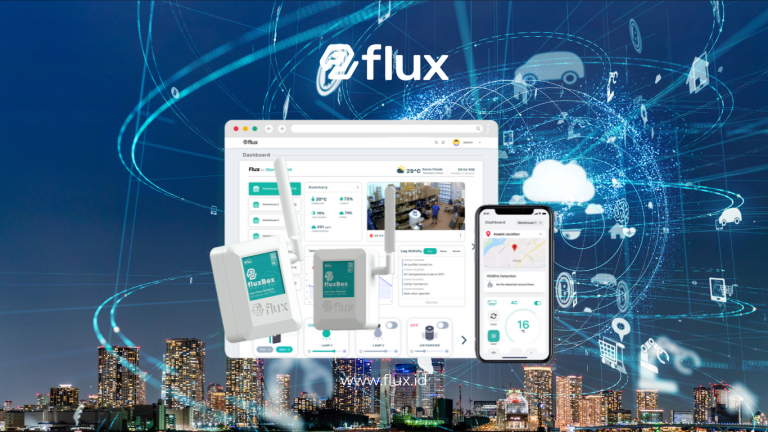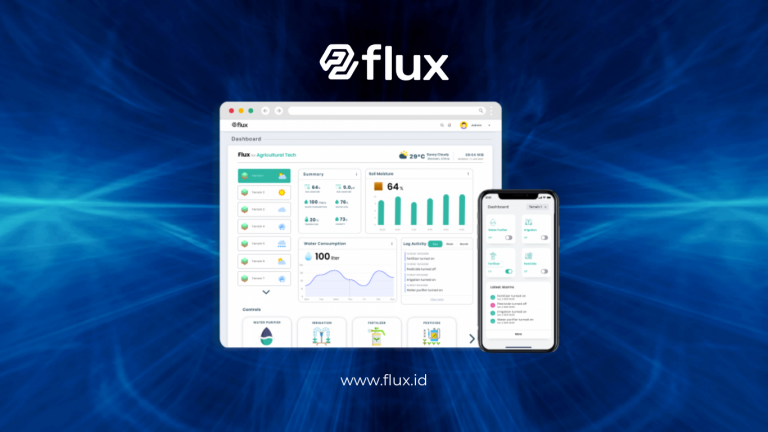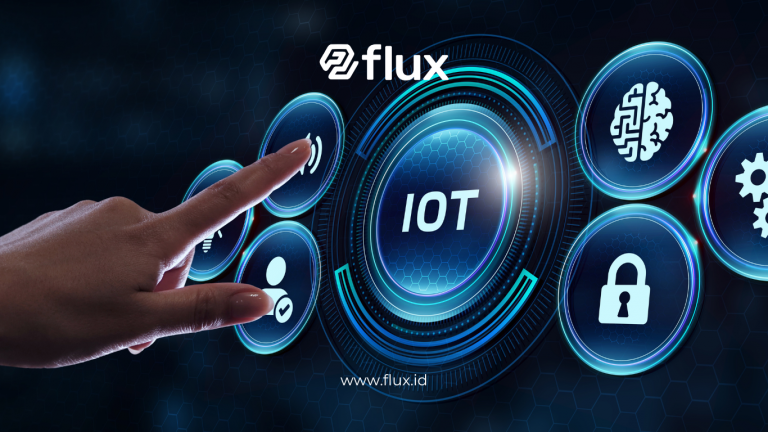Don't miss our holiday offer - 20% OFF!
With the increasing population and urbanization, cities around the world are facing significant challenges in managing infrastructure, transportation, and public services. This is where LoRa (Long Range) plays a crucial role. This technology offers a long-range communication solution with very low power consumption, making it an ideal choice for various applications within the Internet of Things (IoT). In this article, we will discuss what LoRa is, how it works, its benefits, and various applications that can change the way we communicate and interact in different sectors.
Contents
What is LoRa?
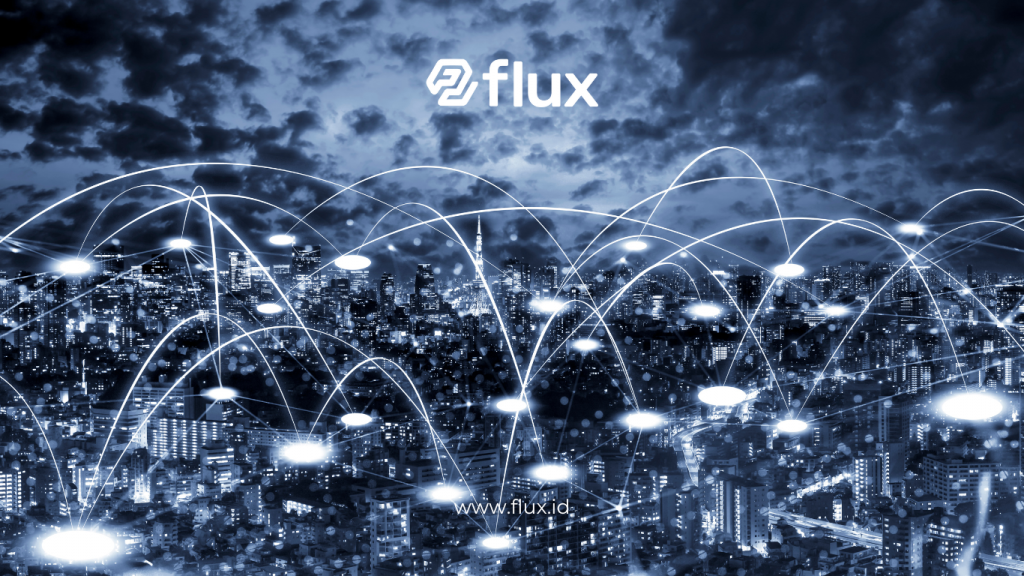
Definition of LoRa
LoRa (Long Range) is a radio modulation technology designed for long-range wireless communication with very low power consumption. LoRa enables devices to transmit data over greater distances compared to conventional wireless communication technologies like Wi-Fi and Bluetooth. This is accomplished using spread spectrum techniques, which allow for efficient data transmission even in the presence of interference.
Key Characteristics of LoRa
- Long Range: LoRa can transmit data up to several kilometers, depending on environmental conditions.
- Low Power Consumption: It can operate for years on a single battery, making it ideal for IoT applications requiring extended periods without recharging.
- Low Implementation Cost: LoRa uses relatively inexpensive hardware and infrastructure that does not require significant costs for implementation.
How Does LoRa Work?
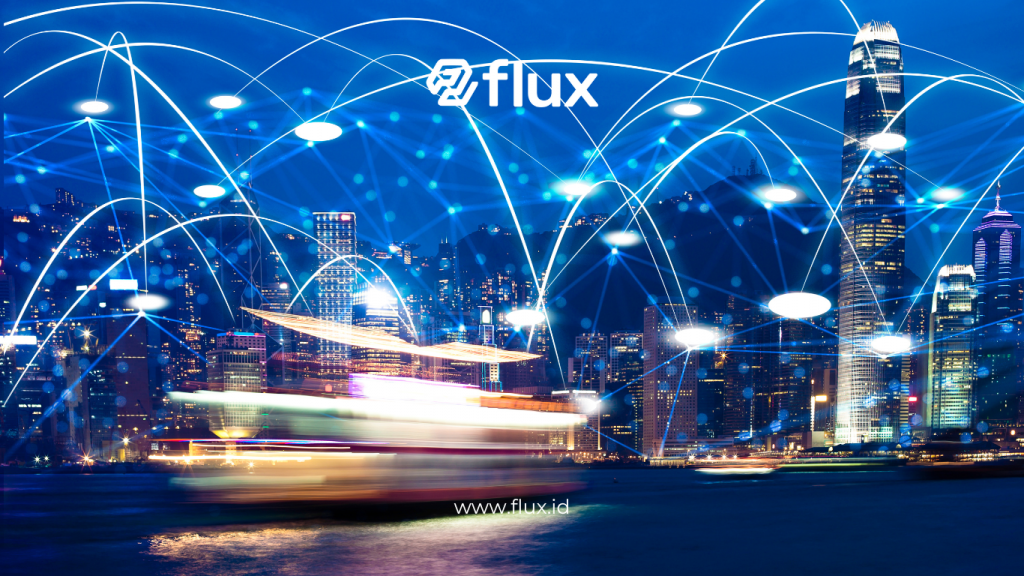
LoRa Architecture
LoRa uses an architecture consisting of end devices, gateways, and servers:
- End Devices: Sensors or devices that collect and send data to the gateway using LoRa modulation.
- Gateway: Receives data from end devices and forwards it to the server. The gateway acts as a bridge between IoT devices and cloud infrastructure.
- Server: Processes data received from the gateway, stores it, and conducts analysis to provide valuable insights for users.
Communication Process
The communication process in LoRa systems begins when end devices send data using LoRa signals. The gateway then receives the signal and forwards it to the server. The received data can be further analyzed to generate useful information for decision-making.
Advantages of Using LoRa
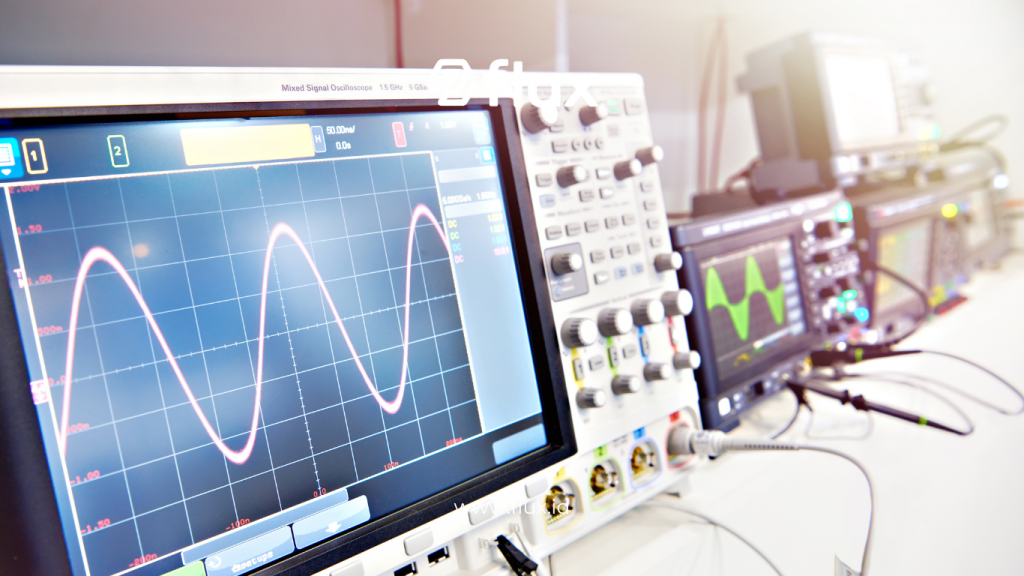
1. Energy Efficiency
LoRa is designed to reduce power consumption, allowing devices to operate in energy-saving mode. This is crucial for applications that require extended periods without recharging.
2. Wide Range
With the capability to transmit data over long distances, LoRa becomes an ideal solution for applications spread across vast areas, such as environmental monitoring and agricultural management.
3. Low Implementation Cost
Devices using LoRa technology are relatively inexpensive and can be easily integrated into existing systems, making them accessible to various organizations, including small and medium enterprises.
4. Reliable Communication
LoRa operates in a lower frequency range, making it more resistant to interference from other devices and providing high reliability in data transfer.
Applications of LoRa in Internet of Things (IoT)
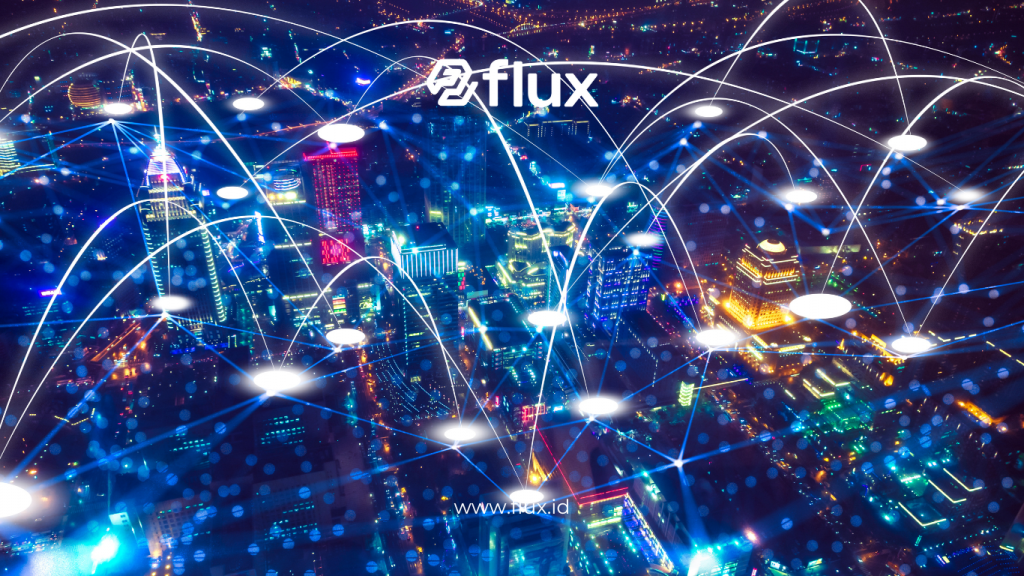
1. Smart Agriculture
LoRa allows farmers to monitor soil and crop conditions in real time using sensors. Data regarding soil moisture, temperature, and crop conditions can be transmitted to farmers for more accurate decision-making.
2. Environmental Monitoring
By utilizing LoRa, organizations can monitor air quality, humidity, and climate changes across various locations. Sensors can be placed in remote areas and efficiently send data.
3. City Management
LoRa assists in managing urban infrastructure by monitoring energy usage, noise levels, and traffic density, creating smarter and more sustainable cities.
4. Asset Tracking
In logistics and supply chain sectors, LoRa can be used to track the location and condition of goods in real-time. This helps reduce losses and improve operational efficiency.
5. Healthcare Services
LoRa enables medical devices to remain connected to central systems without relying on substantial power sources, supporting remote patient monitoring effectively.
The Future of LoRa
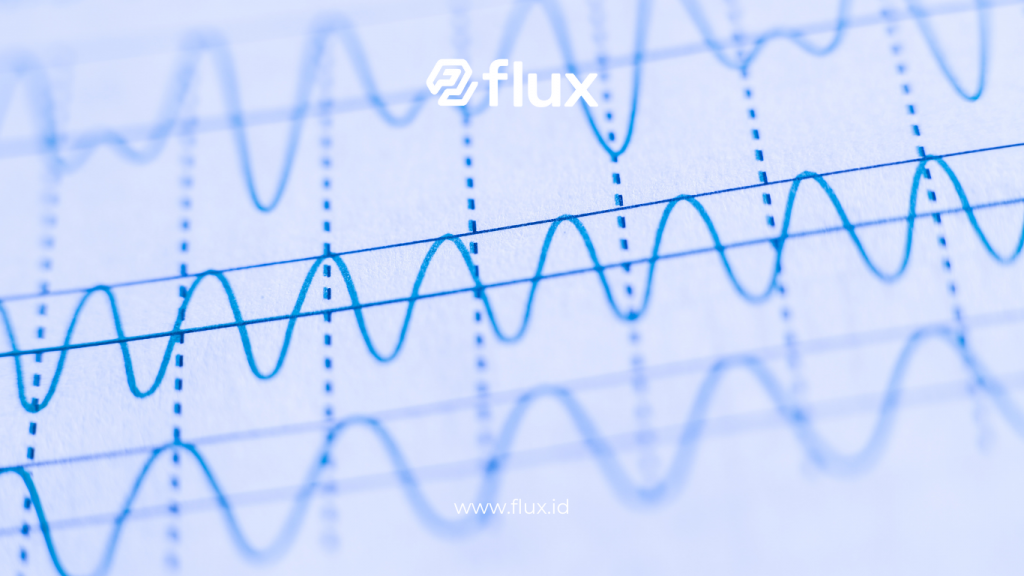
1. Increasing Adoption
With the advancement of IoT, the use of LoRa is expected to grow, opening new opportunities for innovation across various sectors.
2. Integration with AI
The use of artificial intelligence (AI) for data analysis from LoRa devices may provide deeper insights, allowing companies to enhance service quality and efficiency.
3. Infrastructure Development
Investment in infrastructure that supports LoRa solutions will be key to ensuring this technology can be widely implemented.
Conclusion
LoRa is a technology ready to transform how we communicate and interact with devices in our environment. With its ability to wirelessly connect devices efficiently, LoRa offers an ideal solution for various applications within the IoT realm.
Nocola is committed to supporting the adoption of this technology and providing solutions that meet business needs. With advancements in technologies like LoRa, we can create a better and more connected future.



